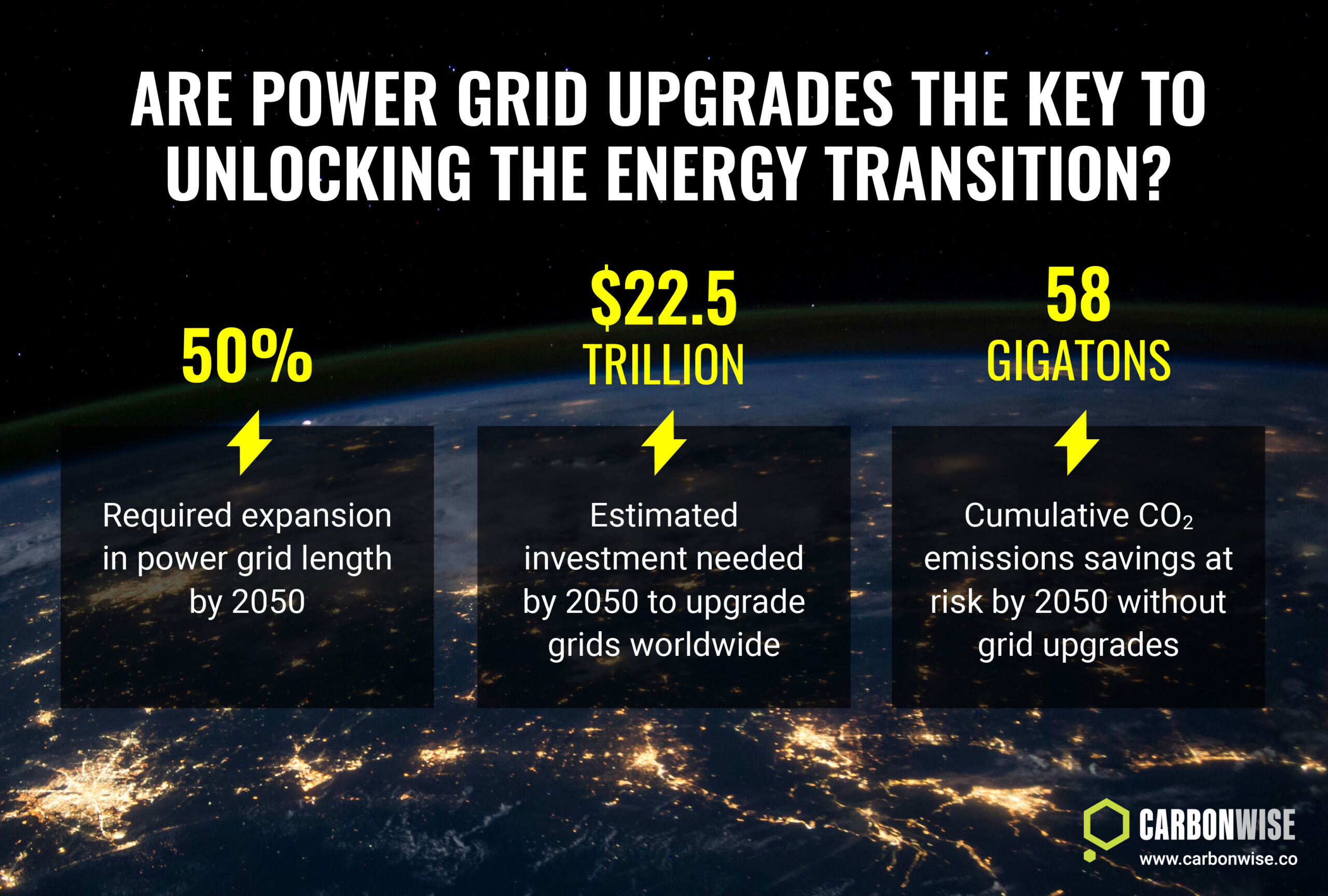As the old piece of wisdom goes: what cannot be measured cannot be managed. And carbon emissions are no exception. In fact, a critical prerequisite for carbon markets to function at all is the capacity to quantify emissions accurately, so that appropriate reduction targets can be set, and progress measured against meaningful baselines.
In practice, this means that measuring carbon emissions must happen at the individual plant, corporate and national level, and for various reasons. Companies regulated by legally binding emissions cap-and trade systems must report their emissions to national and supra-national authorities or face heavy fines for non-compliance.
Meanwhile, companies and other entities wanting to demonstrate emissions reductions on a voluntary basis must also be able to deploy a mechanism for measuring their annual emissions, as well as any emissions reduced through projects they fund elsewhere.
Whether regulated by a legally binding emissions cap-and-trade system (see article: How Do Compliance Carbon Markets Work? – Carbonwise) or using voluntary carbon credits companies must make use of third-party independent verifiers to check that their periodic assessment of emissions is accurate.
So how does this all take place? Perhaps images spring to mind of technicians climbing up chimneys at an industrial facility and fitting CO2 gauges to measure carbon output. In reality, the Monitoring, Reporting and Verification (MRV) of CO2 output happens in a variety of ways, depending on the legal requirements in place at the location in question. And in many cases the CO2 output is based on detailed estimates linked to aspects such as energy consumption at a particular facility, its thermal energy efficiency and the carbon intensity of the feedstock fuel in use.
Here we take a closer look at the various types of emissions measurement under different types of carbon market, as well as at the corporate and national level.
EU carbon market
Let’s take the EU Emissions Trading System as an example (see article: How the EU ETS Works – Carbonwise). It’s the largest fully international cap-and-trade system in the world and has been successfully reducing CO2 emissions from Europe’s power generation and heavy industrial sectors since 2005.
Under the EU ETS, regulated entities must have their CO2 emissions verified by independent auditors on an annual basis. These verification bodies tend to be long-standing companies with experience verifying all aspects of industrial activity, from safety in shipping and aviation to quality standards for energy generation and offshore oil and gas facilities. Some well-known examples of these testing, inspection and verification companies include Bureau Veritas, DNV, SCS Global Services and TUV-SUD.
In the EU, these organisations providing independent verification of emissions must adhere to specific EU legal standards, while equivalent regulations in other jurisdictions can require the use of guidelines by the International Organisation for Standardisation (ISO), for example.
Once a company’s annual emissions have been verified by one of these independent verifiers, it must report its emissions to the national authority – usually the central government’s environment department — by a deadline of March 31st the following year. All governments under the EU ETS must then pass these reports to the scheme’s regulator, the European Commission. Companies have until September 30th each year to surrender enough allowances to match their verified emissions, or face tough fines for non-compliance. The EC then makes the verified CO2 emissions and compliance data publicly available.
In addition, companies generating electricity in the EU are legally required to provide data on electricity generation, load, transmission and electricity balancing to a central authority, the European Network of Transmission System Operators for Electricity (ENTSO-E). Since this data covers fuel used for combustion to generate power, this can be cross referenced against independent CO2 data to ensure accurate assessment of emissions output.
Other jurisdictions
Other carbon cap-and-trade systems around the world, such as the US Regional Greenhouse Gas Initiative, the California cap-and-trade system and the New Zealand ETS, require similar use of independent verifiers to ensure emissions are accurately recorded.
Many other countries have chosen to deploy carbon taxes rather than emissions trading systems. These too, require the same level of independent MRV of emissions, to ensure that companies pay the correct tax amount based on their verified annual emissions. Examples of countries with carbon taxes (see article: How Do Carbon Taxes Work & Where Are They Used? – Carbonwise) include China, USA, Japan, UK, Germany, Australia, New Zealand, Canada, France, Denmark, South Africa, Colombia and Mexico.
Voluntary carbon market
In the voluntary market for carbon credits, the methodologies designed by the standards setters also require MRV for each project that reduces, avoids or removes carbon emissions. This requires the independent inspection companies to check that emissions reductions are permanent and additional, based on established baselines. While some projects have come under criticism over accusations of inflated baselines or non-additionality, a large body of work is under way by independent governance groups to ensure that projects are based on strong levels of environmental integrity.
Corporate emissions reporting
Various other emissions reporting protocols exist as a guideline for corporate emitters, for example the Greenhouse Gas Protocol, the Carbon Neutral Protocol, and the Science-Based Targets Initiative. These protocols provide definitions to help companies understand and measure their emissions, which are commonly divided into:
Scope 1: direct emissions from company-owned sources
Scope 2: indirect emissions resulting from a company’s energy consumption
Scope 3: all other emissions not included in Scopes 1 and 2, for example, upstream supply chain emissions and downstream emissions arising from the consumption of a company’s products.
Companies wanting to make genuine emissions reductions, and to compensate for emissions they have not yet been able to reduce, have seen a benefit in adhering to these recognised standards, which help to promote transparency and comparability when investors want to assess corporate climate action, for example.
National emissions reporting
Accurate gathering and reporting of GHG emissions is also necessary at the national level. This was an important requirement under the 1997 Kyoto Protocol, through its parent body, the United Nations Framework Convention on Climate Change, and Kyoto’s successor treaty, the 2015 Paris Agreement.
Under these international climate agreements, signatory governments must maintain an accurate national emissions registry which tracks annual output of the six recognised greenhouse gases – the so-called ‘Kyoto basket’ — CO2, methane, nitrous oxide, hydrofluorocarbons, perfluorocarbons and sulphur hexafluoride.
The UN provides a standardised system for recording these emissions so that countries can compare emissions data on a like-for-like basis. This will become even more important when governments begin to trade carbon credits under the UN’s Article 6.4 which allows countries to buy project-based credits to help achieve their Nationally Determined Contributions – the country-level emissions reduction targets and associated climate plans.
Under the international emissions accounting system, carbon credits generated by a project in one country and sold abroad for use by another country towards its own goals will need to be accompanied by a so-called Corresponding Adjustment. This means that the project host country will need to increase its national emissions tally by an amount equal to the reductions claimed by the other country, to avoid double counting of emissions reductions.








